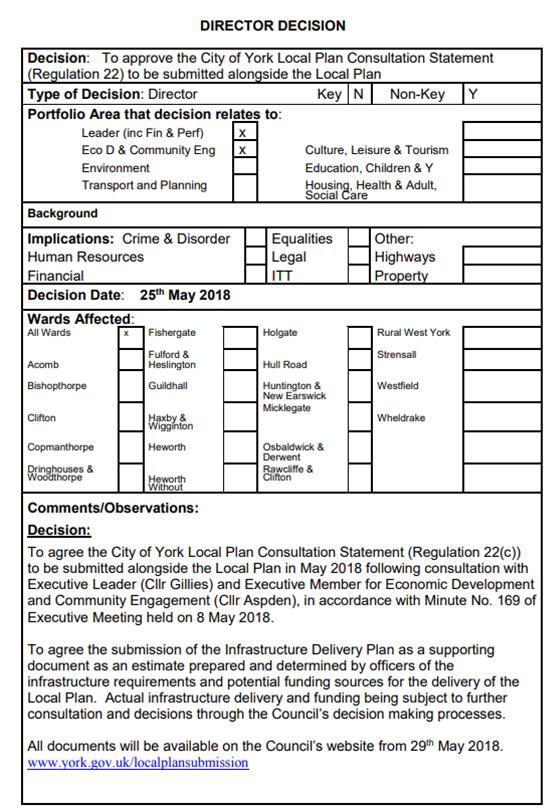Magistrates order costs of £1,122 to three who urinated in public
York magistrates court has again backed action taken by the council and police against people urinating in public on the city’s streets.
While sentencing people guilty of the offence in the city centre, the magistrate said: “We cannot tolerate this behaviour in York.”
This week on Tuesday 22 May 2018, the court heard that at 11:30pm on Wednesday 24 January 2018, a police sergeant on duty saw Nathan Charles Rushby-Jones (aged 19 of Newland Park Drive, York) urinating off Micklegate, just six metres away from them. When challenged, he apologised.
In court, the magistrates found the offence proved in Mr Rusby-Jones’s absence and he was fined £250, ordered to pay costs of £300 and a £30 court surcharge.
At a hearing last month on 10 April 2018, the court heard that in the early hours of Saturday 13 January 2018, a North Yorkshire Police officer on patrol saw Gareth James Haycock (aged 24 of Chat Hill Road, Bradford) in Parliament Street deliberately urinating as he walked along the street. When challenged, he told the officer: “I don’t have any excuse for it.”
Mr Haycock has pleaded guilty by post and was given a £110 fine, £30 court surcharge and £150 costs. In sentencing the magistrates told Mr Haycock: “This was an act in full view of witnesses on Parliament Street, and we cannot tolerate this behaviour in York”.
Shortly after midnight on Friday 9 February 2018, a PCSO on patrol also in Parliament Street York saw James McCallum (aged 20 of Prospect Court, Batley) urinating against a bank cash machine. Initially Mr McCallum denied the offence claiming he was withdrawing cash but later admitted the offence.
Also at the hearing on 10 April 2018, Mr McCallum pleaded guilty by post and was given a £72 fine, £30 court surcharge and £150 costs.

 The Council has sent off to central government its proposed new Local Plan. It brings to an end (potentially) 25 years of agonising about the future size of the City.The plan is a compromise on growth rates with over 850 additional homes scheduled to be built in each of the next 20 years.
The Council has sent off to central government its proposed new Local Plan. It brings to an end (potentially) 25 years of agonising about the future size of the City.The plan is a compromise on growth rates with over 850 additional homes scheduled to be built in each of the next 20 years.
